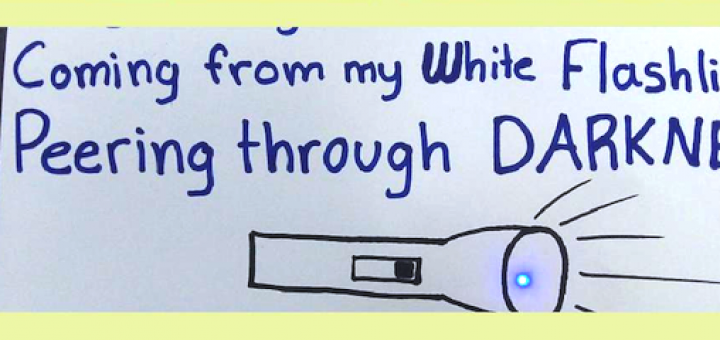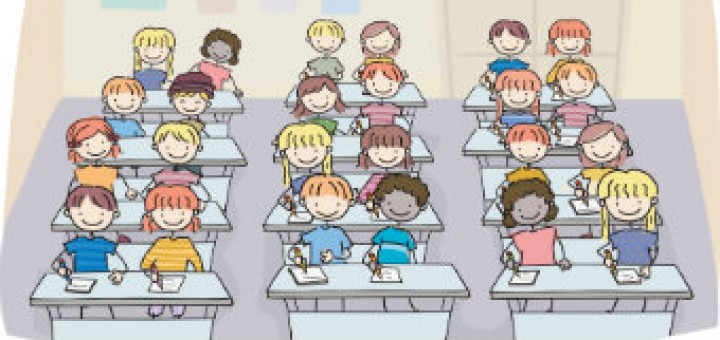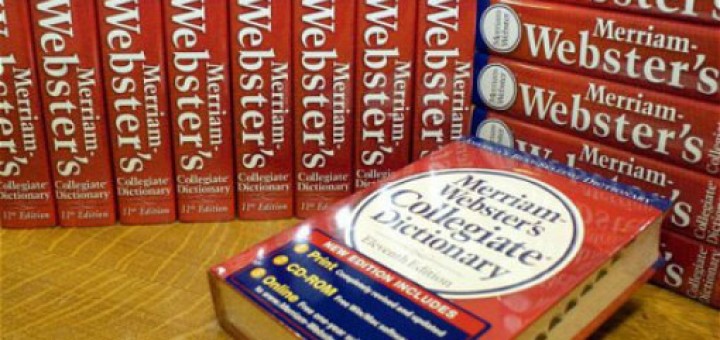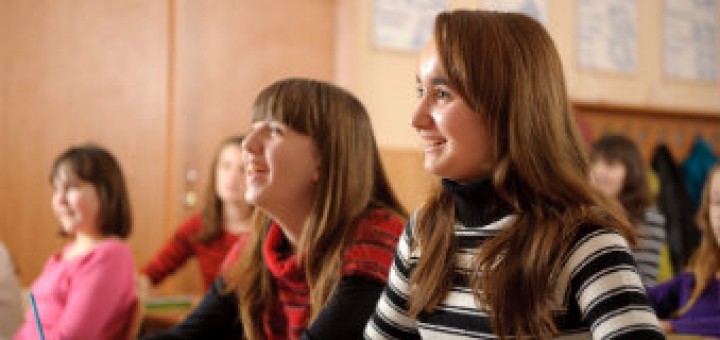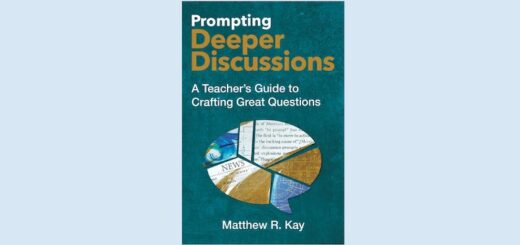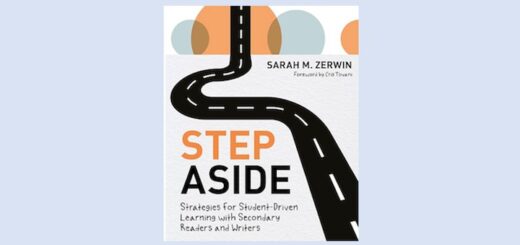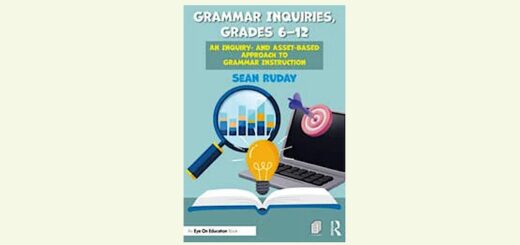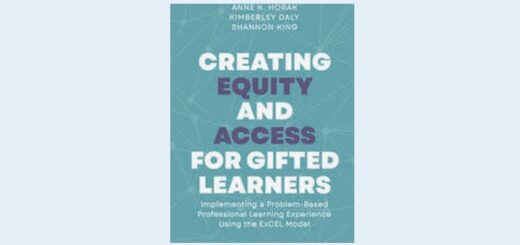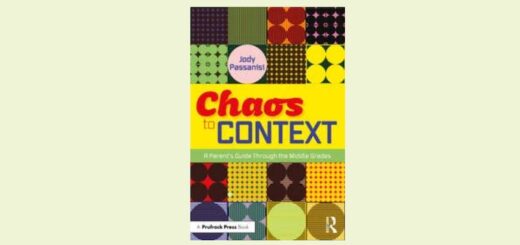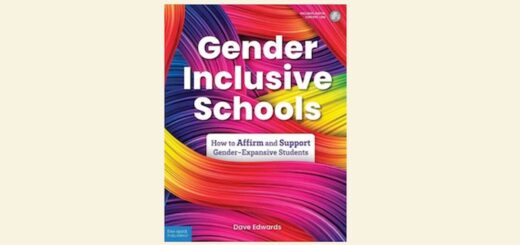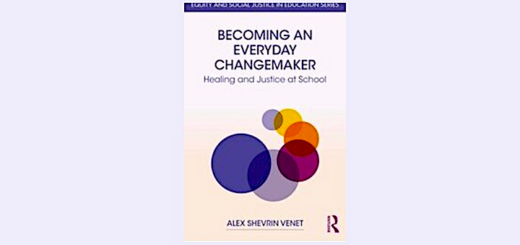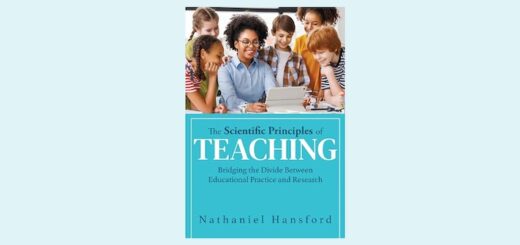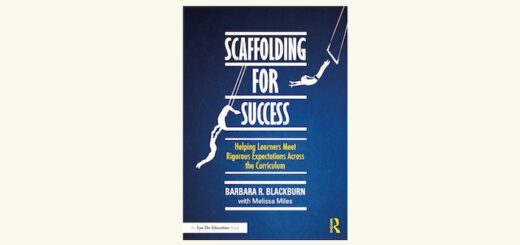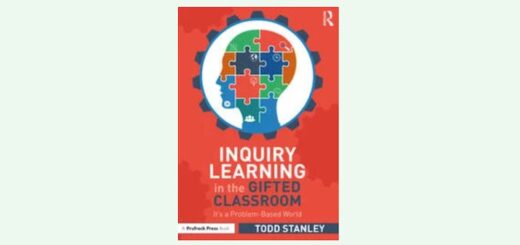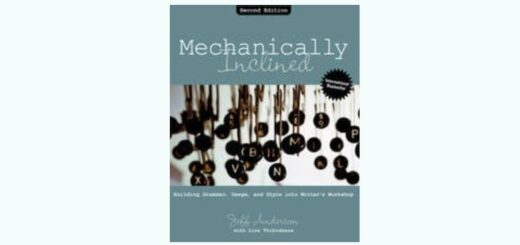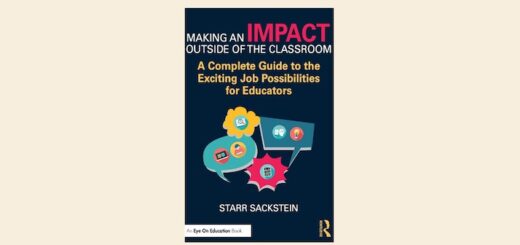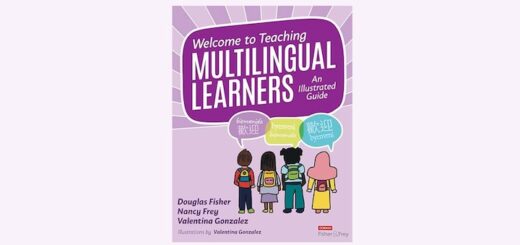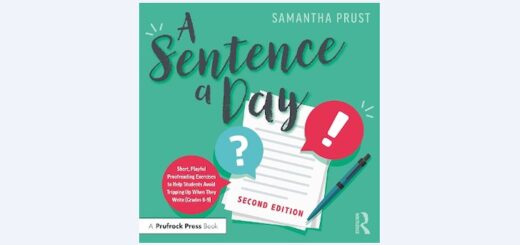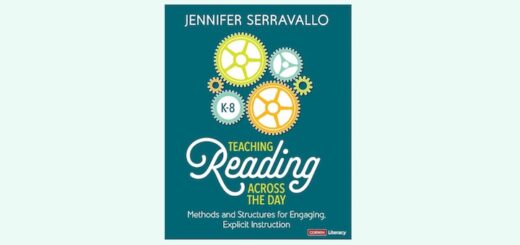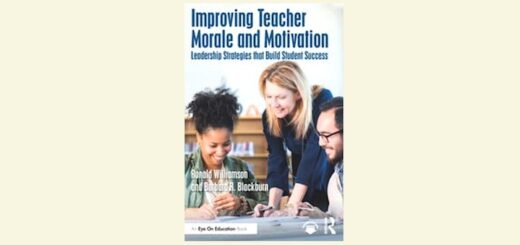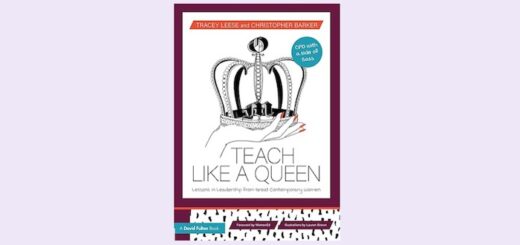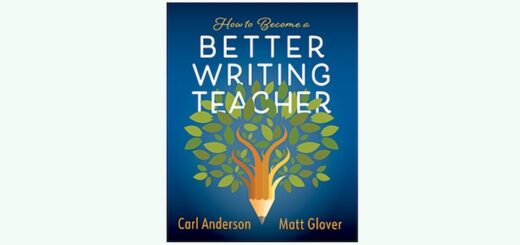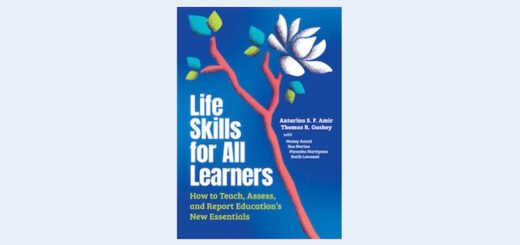Teaching and learning in grades 4-8
When sixth grade ELA teacher Kevin Hodgson’s students were asked to help pilot new paper circuitry learning tools developed at the MIT Media Lab, they chose to illuminate haiku poems about light. The technology draws on the work of Jie Qi, a mechanical engineer and MIT doctoral student known for her work with electrified paper.
Organized and user friendly, Professional Learning in the Digital Age by Kristen Swanson provides educator cases, face-to-face protocols, research snippets and to-do lists to help teachers move through the process of developing their PLN, says reviewer Nicole Miller.
Common Core Reading Lessons: Pairing Literary and Nonfiction Texts to Promote Deeper Understanding is a winner! Authors O’Reilly and Stooksbury take a positive, practical approach for dealing with the CCSS’s emphasis on nonfiction, says reviewer Anne Anderson.
The Common Core Writing Book: Lessons for a Range of Tasks, Purposes, and Audiences by Gretchen Owocki provides quick, practical strategies closely aligned with each of the standards, says reviewer Linda Biondi. A sure winner in grades 4 & 5!
Teachers who let students choose their own research paper topics are often overwhelmed by all the activity and material – and end up with poor results. Consultant Sarah Tantillo suggests adapting the Document-Based Question (DBQ) Approach instead.
Intentional Talk, says reviewer Linda Biondi, gives upper elementary educators an unparalleled look at the important role classroom discussions can play in deepening students’ mathematical understanding, as well as the tools & insights to create a culture of questioning.
While inner-city history teacher Aaron Brock agrees that lecture has been chronically abused in the middle grades, he uses short flexible lectures and image-heavy slides to help prepare students for deeper learning in his diverse classroom.
Now in her 16th year of teaching – and administering standardized tests – Mary Tarashuk questions their value in measuring student learning or judging teacher performance. She does not question their ability to suck the joy out of Springtime. Thank goodness for Miss Bonkers and Dr. Seuss.
The topic of dictionaries came up in assorted conversations in the past few weeks, reminding Kevin Hodgson both of the power of those esteemed books of words as symbols of thought and scholarship, and the ways in which technology is completely altering the ease and means of how we find information when we need it.
In a 7th grade classroom where students are used to sharing ownership and know how to think on their feet, what does the teacher do when he asks a question and there’s absolute silence? Bill Ivey’s solution: Smile at all the parents in the room and trust the kids.

